The Northern Miner recently spoke with Andy Roberts, Wood Mackenzie’s research director of global thermal coal markets, to get an overview of the sector. Based in Austin, Texas, Roberts analyzes and forecasts coal market supply, demand and prices. The mining engineer joined Wood Mackenzie in 2008, eventually becoming vice-president of Americas coal consulting, before moving to the coal research group in 2011.
The Northern Miner: Can you summarize what’s been happening to thermal coal demand and prices in the last few years?
Andy Roberts: We are a far cry from where we were a couple of years ago when prices for the benchmark Newcastle 6,000 kcal/kg net as received (NAR) coal had fallen to an unsustainable US$50 per tonne. There was no way for most mines to make any money at all. This was driven by overcapacity in the marketplace, both in China and in the rest of the world, and that overcapacity was a function of many factors, especially demand decline and economic rebalancing away from manufacturing. Last year, China stepped in to cut back domestic production and the market price recovered.
TNM: As it does with many commodities, China has an enormous influence on thermal coal prices.
AR: Prices for seaborne thermal coal have been influenced by events in China, which represents 20% of the seaborne coal market. There are potential customers for seaborne coal along the coast of China that can be served either by Chinese domestic mines or by seaborne coal mines anywhere else, mostly in Australia, Indonesia and possibly the Americas.
Chinese policy influences that demand, and when they don’t interfere in the market, there tends to be significant excess coal available, given the mine overcapacity in China. Overcapacity drives the price down and makes it hard for international miners to compete, but it also makes Chinese companies unprofitable. However, unprofitable Chinese coal mines have continued to operate.
TNM: What has the Chinese government done to impact the market?
AR: The Chinese government has been trying to eliminate overcapacity, knowing that doing so would make the other mines more profitable. Last year, it limited the number of days a mine could operate to 276 days per year. At the same time it continued its policy of closing old, unsafe, small and inefficient mines. But these twin policies overshot the mark. A coal shortage resulted, prices rose, and consumers turned to the seaborne market for their supply.

A stockpile at BHP Billiton’s Mt Arthur thermal coal mine in New South Wales, Australia. Credit: BHP Billiton.
To solve the coal shortage, China relaxed its restrictions of working days and set in place a coal production policy scheme designed to manage prices between high and low. While China wants coal prices that are sufficient to make its coal mines financially sound, it doesn’t want those prices so high to as unduly burden Chinese coal consumers.
Before the policy relaxation, thermal coal prices were up substantially. In mid-2016 the benchmark Newcastle 6,000 kcal/kg NAR coal price exceeded US$100 per tonne. Since the policy relaxation, prices have come off to US$75–80 per tonne —still at a level that allows for many seaborne producers to compete effectively in the market. That’s good news for regional Australian and Indonesian seaborne coal producers. At these levels, prices support North American coal involvement in northeast Asia, but port capacity limits potential.
China acted to restrict the supply of coal because on the one hand they want domestic coal mining companies to be healthy, but on the other hand, they don’t want Chinese customers to pay too much for coal.
TNM: What do you think the Chinese government will do?
AR: The future depends on China. They intend to use their price-setting mechanism to keep the domestic price of thermal coal at a certain level — around renminbi 550 per tonne (US$80.87 per tonne). That’s not far from where we are right now. If they succeed, the market will stabilize. But controlling a market at that level of detail is not something you can do instantaneously. The supply spigot policy initiatives take time to work their way through the system.
TNM: What’s your forecast for thermal coal prices?
AR: Woodmac sees prices coming off to US$70 per tonne, within the next year or two, but that still allows a certain amount of profit to be made. We don’t see a return to prices that existed in late 2015 — the US$50-per-tonne range.
TNM: What does this mean for North American thermal coal suppliers in the seaborne market?
AR: The real key is the delivered cost of coal. Local suppliers and nearby regional suppliers like Australia and Indonesia are favoured by the relative nearness to major consuming markets.
At a further distance from market, it’s harder to deliver coal at a cost that allows a positive margin to be made. It’s possible, for example, to have a mine with a projected cost that is reasonable, like Vista in Alberta, whose costs are expected to be in the middle of the supply curve on an FOB basis, yet whose delivered costs make them a marginal supplier at best. It’s only the low-cost operations outside their regional areas that excel on a deliverable basis that can compete under normal circumstances.
The markets are growing in Asia, but until the demand is significantly higher, it’s more difficult for producers in the Americas to compete given the distance from growing markets. Some do and can, but there are particular problems in U.S. producers because U.S. West Coast port options are few and far between.
The seaborne market for coal is a function more than ever today of Chinese domestic mine policy. If China is successful, in a general sense, in managing the price, domestic coal prices should settle in a range allowing for a profit to be made for many of the regional mines and a few of the non-regional mines.
Eventually, demand will grow sufficiently in Asia that new production is required. If today’s price of US$77 per tonne for Newcastle coal falls to U$70 per tonne, as we forecast, that won’t incentivize the new production.
Prices will have to rise. Australia would need around US$80 per tonne to incentivize new production.
The price depends on the quality needed and the expectation of risk. Financiers — the mines themselves, or outside financiers — will need to make an acceptable return on investment, while accommodating the market risk. Wood Mackenzie assumes a discount rate of 15–18%. An investor could discount a mine’s net present value at 15–18% to accommodate the need to make a profit and the risk of spending the capital.
TNM: Can a Canadian thermal coal mine really compete in Asia?
AR: North America is outside the normal range of where the growing market exists. For Western Canada, the market is in Asia, but it’s a long transport, which makes it difficult for mines like the Vista project, which is one of the few thermal possibilities in Canada.
But if the market ever needs Vista, it has what it needs: a port allocation at Ridley, and a haulage agreement with CNR. It has a reasonable cash price that places it in the cash-cost curve FOB mine. The primary market for mines like Vista is in northeast Asia — the Japanese and South Korean utilities — a little closer to North America and a bit farther from normal Asian coal suppliers in Australia and Indonesia.
It’s far enough north that it becomes in the realm of possibility for coal mines in North America. Vista could compete eventually, but we think that is a number of years in the future.
On the thermal side China holds the key to price stability, with the production spigots and levers they use to manage prices.

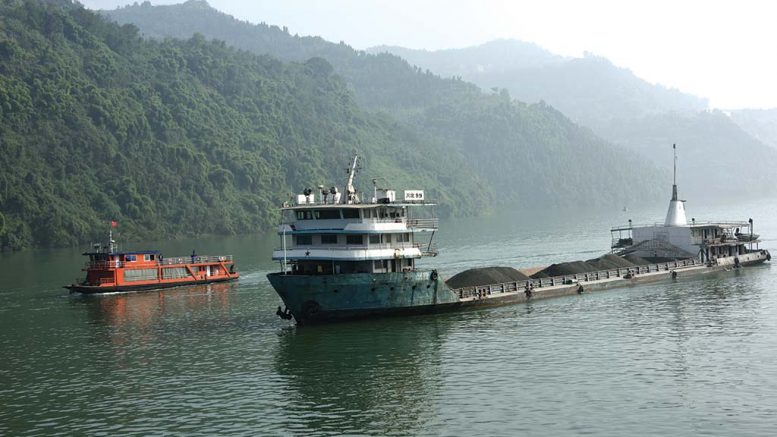
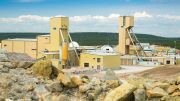
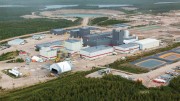
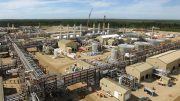
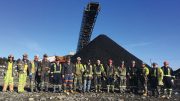
I disagree. Whover knows how to burn coal with no emissions holds the key to thermal coal price stability. Without that knowledge, coal is doomed to be left in the ground.